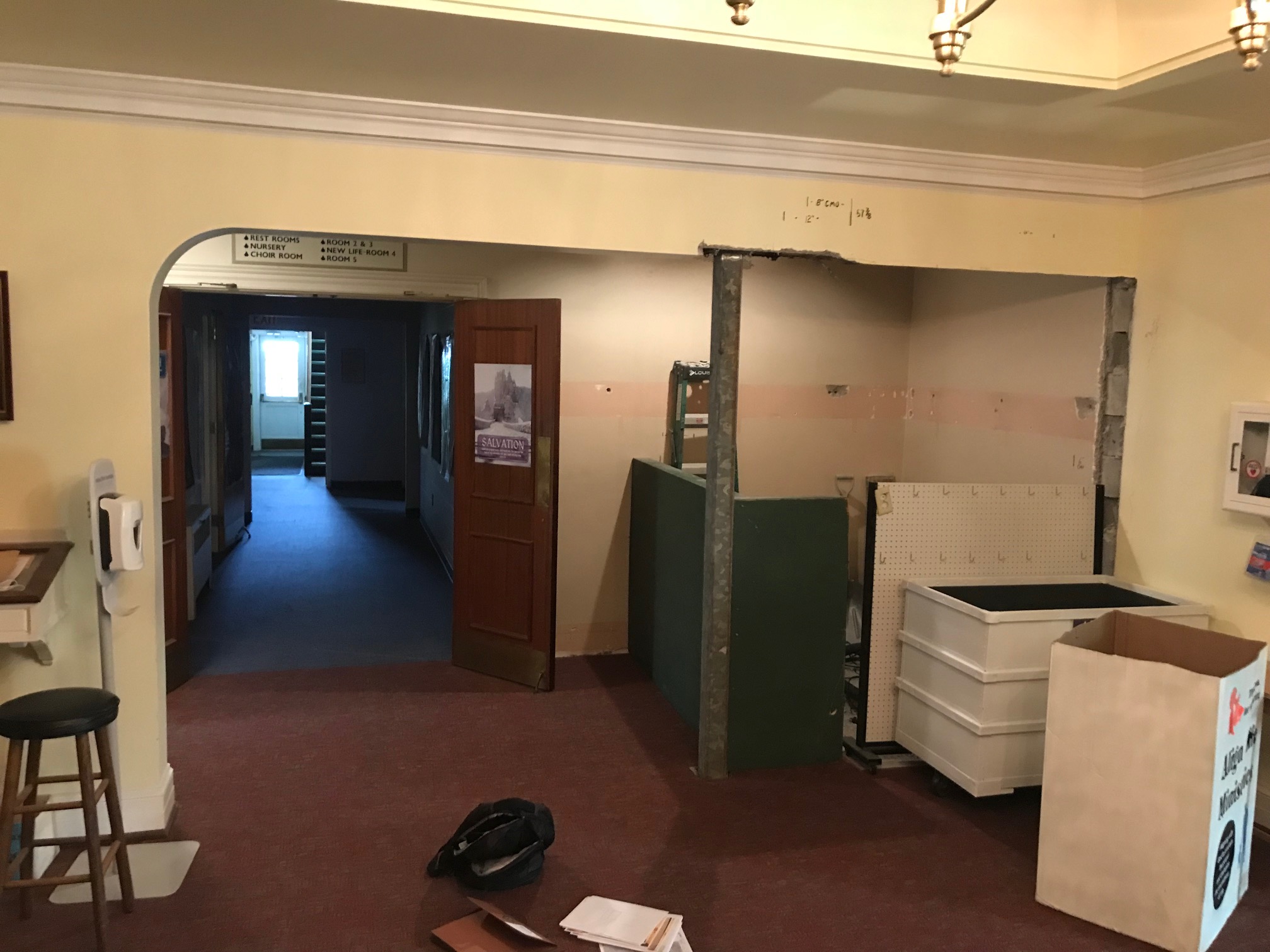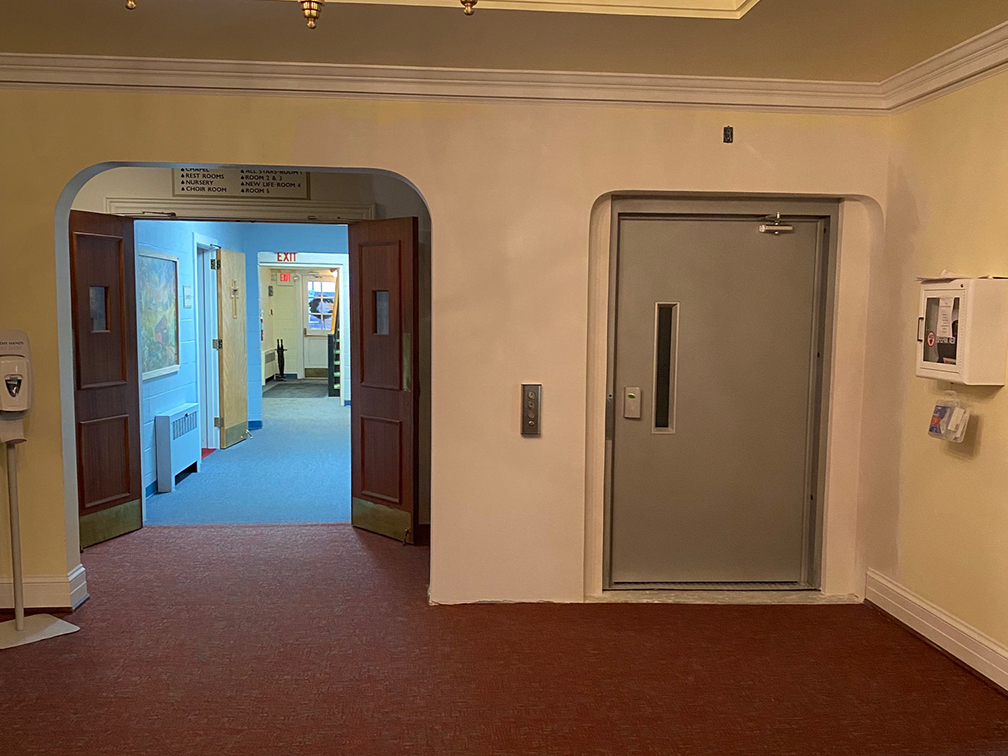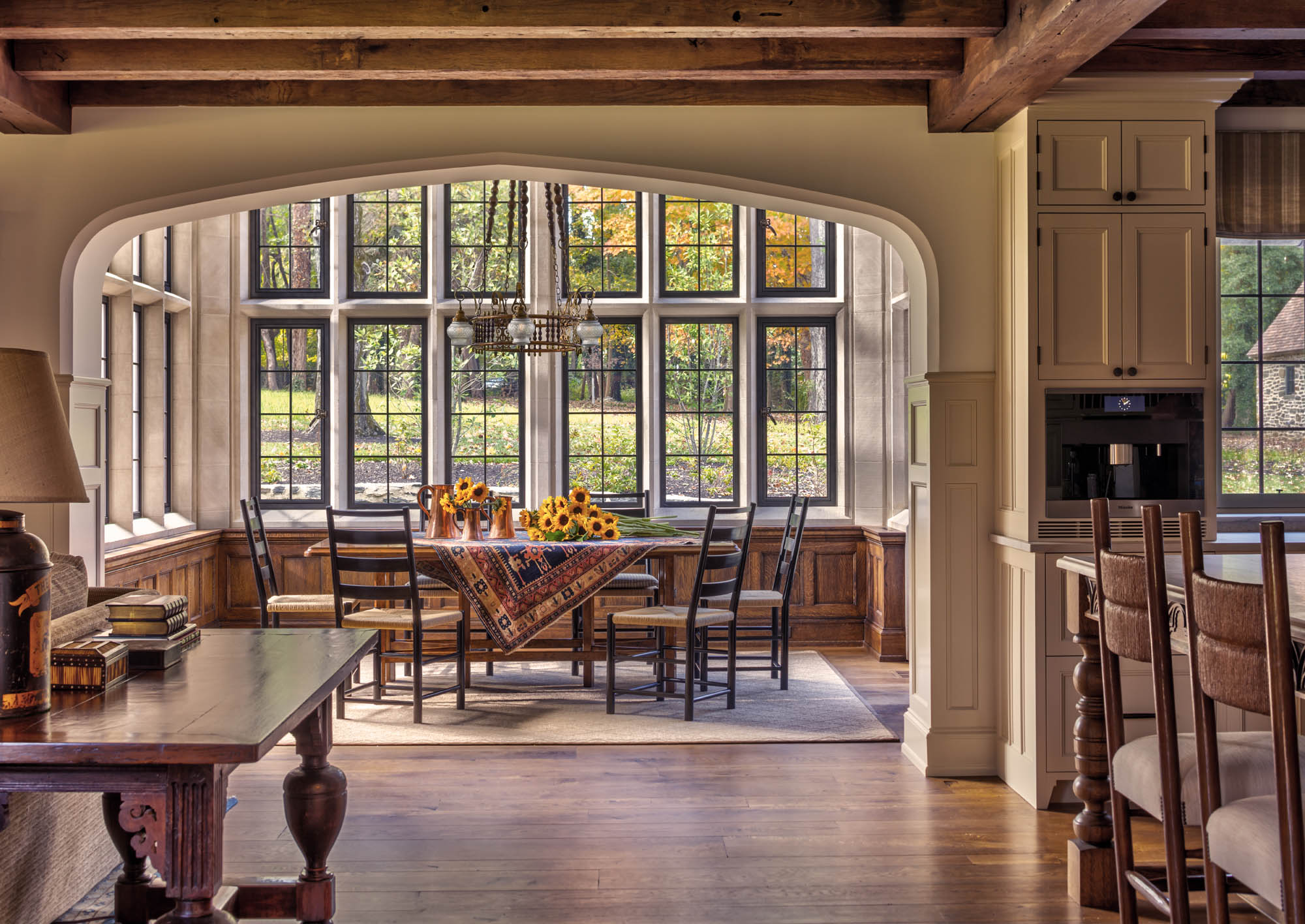Why should I spend the money for plaster when drywall is so much cheaper?
People choose plaster for a variety of reasons. Plaster is a much more durable product. It is not as likely to get marred by everyday wear and tear. It is much easier to install and remove wallpaper from plastered walls. Plaster provides a stronger surface on which to hang pictures and decorative items. It has much better acoustics than drywall, making it a popular choice for churches and auditoriums. Some customers like historically accurate homes or buildings and choose plaster. When sunlight is cast across a plastered wall or ceiling, it shows the beauty of a hand troweled finish, rather than a flat wall that shows joints. Plaster also allows you to be more creative with color, ornamentation, and paint selections, especially with higher sheen and gloss paints.
How soon can I paint my plastered walls?
This depends on the type of plaster. Some veneer plasters may be painted within one to two weeks. Conventional plastered walls should cure at least two weeks before being painted, but preferably four weeks.
How thick will the plaster be when finished?
Two-coat veneer plaster begins with 1/2" or 5/8" blue board with a sand-based gypsum base coat and a white coat finish. Total thickness of veneer plaster is approximately 5/8"or 3/4" respectively. Conventional plaster also begins with 1/2" or 5/8" blue board with a 3/8" lightweight gypsum base coat and a white coat finish. This system requires the use of plaster grounds around all rough openings such as doors and windows. Total thickness of the plaster system is 7/8" or 1" respectively.
Can you repair old wood lath and horse hair plaster, and if so, how?
Yes, if it’s plastered, we can repair it. In many instances old plaster can be repaired and resurfaced rather than total replacement. We offer several different options of reinforcing old walls using a fiberglass fabric called Fibafuse and plaster repair washers and screws. However in some cases it must be removed and replaced either in part or totally.



